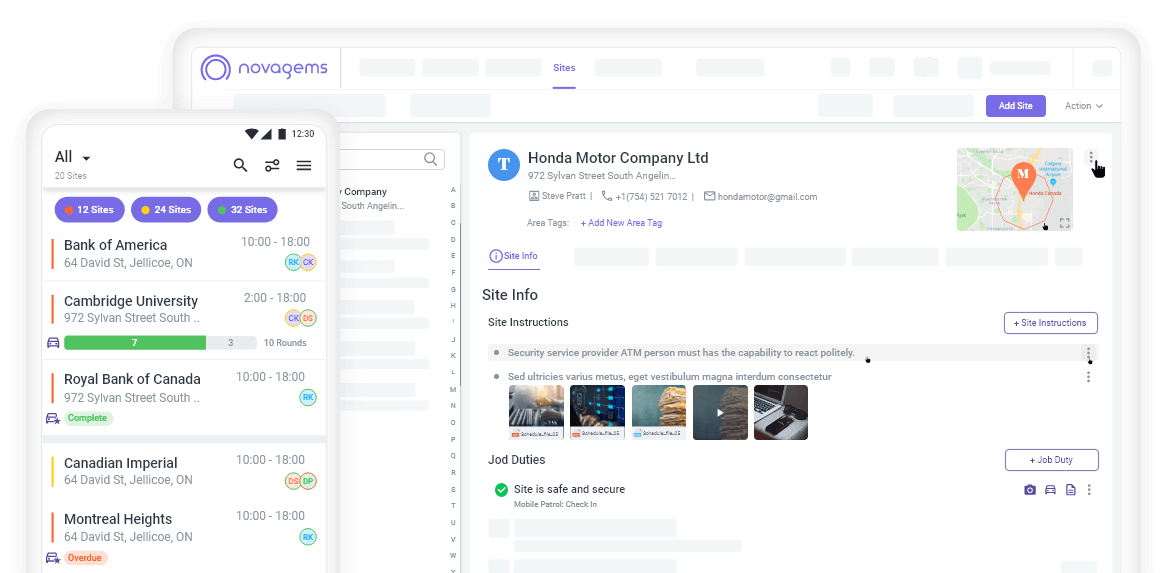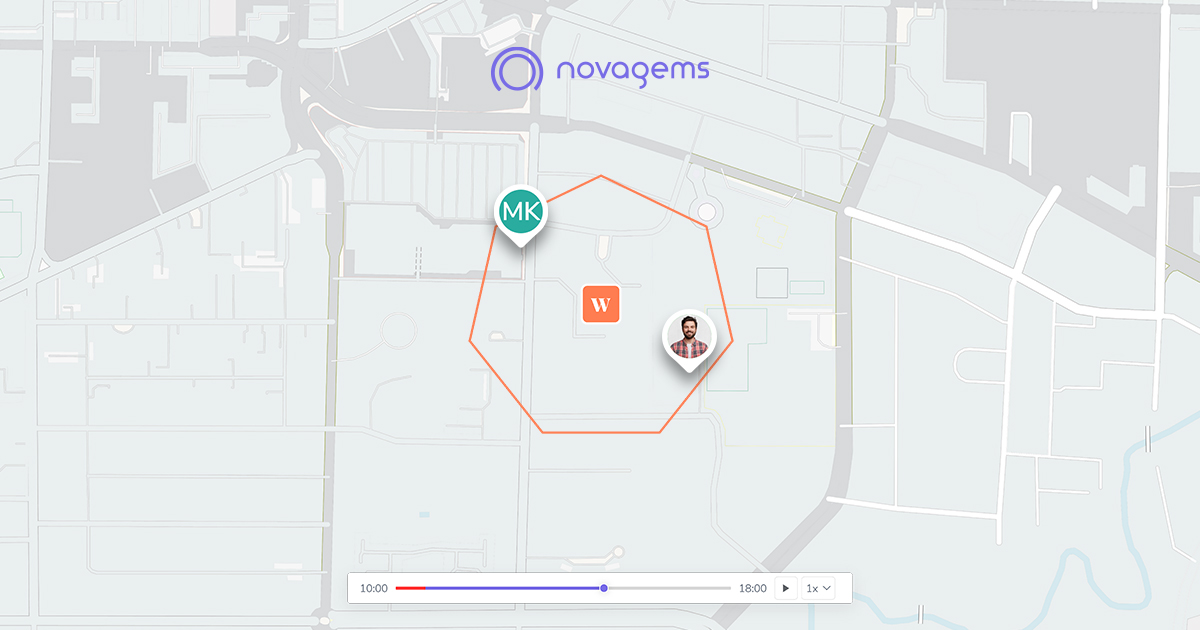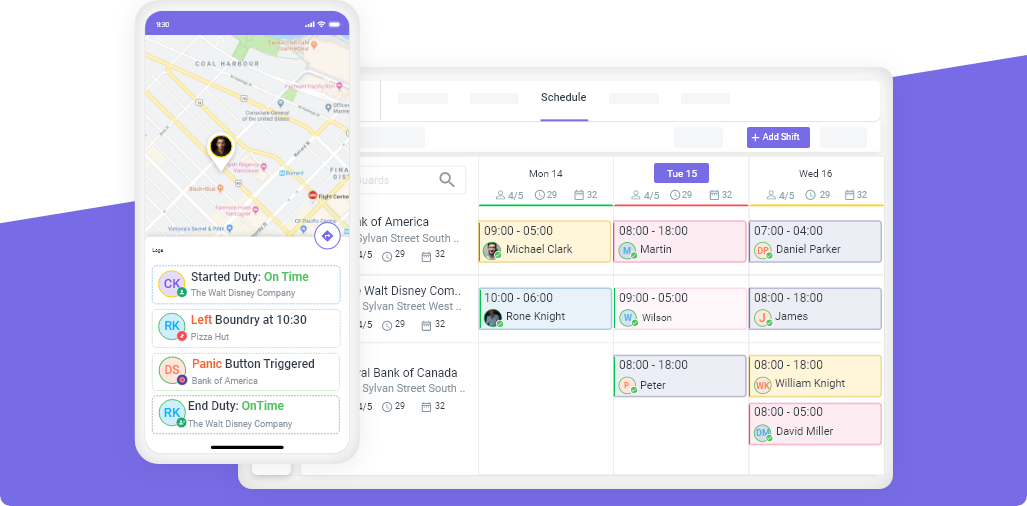How Poor Workforce Scheduling Costs Healthcare Companies Millions (And What To Do About It)
Published on: Wed, May 3, 2023
Read in 7 minutes

Key Takeaways
- Poor workforce scheduling in healthcare leads to burnout, turnover, compliance risks, and millions in lost revenue.
- Many healthcare providers still rely on outdated systems like spreadsheets or phone calls.
- Predictive, AI-powered workforce management software for healthcare offers real-time visibility, better planning, and staff empowerment.
- Hospitals that invest in smart scheduling tools have reported millions in savings and stronger staff retention.
The Real Cost of Inefficient Scheduling in Healthcare
Healthcare organizations run 24/7. That means scheduling isn’t just a task, it’s a mission-critical function. Yet, many hospitals and clinics struggle with inefficient processes that lead to:
- High overtime costs
- Last-minute shift changes
- Overworked nurses and staff
- Poor patient experiences
- Non-compliance with regulations
Let’s take a closer look.
Financial Impact: Overtime and Premium Pay Add Up
When schedules aren’t optimized, staff shortages are often covered by offering overtime. This can cost hospitals thousands of dollars per week. For example, according to industry reports, overtime can cost up to $1,200 per nurse per shift. In a month, a mid-sized hospital can overspend $50,000 or more just to cover shifts.
In the long run, this directly affects your bottom line, and these costs are entirely preventable. Staffing gaps often lead hospitals to rely heavily on overtime. A 2025 study by the American Hospital Association highlights that 56% of a hospital’s expenses go toward labor costs Nursa. Overtime exacerbates this:
- Nurses working extra hours can cost healthcare facilities $5,000+ per nurse annually, enough to hire two part-time PRN staff instead AMN Healthcare+1NurseIO.
- A controlled study of six occupational health nurses showed overtime wage (including 30% benefits) reached $27,379 over just three months, or nearly $110,000 per year PMC.
Staff Turnover and Hidden Expenses
Poor scheduling often leads to job dissatisfaction. Nurses and healthcare workers are asked to cover extra shifts or deal with unfair rotations. This creates frustration, exhaustion, and eventually, resignation.
Turnover in healthcare is extremely expensive. It can cost 30% to 200% of an employee’s annual salary to hire and train a replacement. Add to that the loss of experience, disruption in patient care, and low team morale, and the cost of bad scheduling becomes even clearer. Dissatisfied schedules and chaotic shifts drive staff to leave, creating a turnover problem that costs even more.
- The average cost of turnover for a bedside registered nurse (RN) sits at around $61,110, and each 1% change in RN turnover translates into ±$289,000 annually for hospitals
- Nurse turnover isn’t rare, it averaged 27.1% in 2021 in the U.S., with hospitals losing between $5.2 million and $9 million yearly to turnover-related costs.
When you combine wasted overtime with turnover, poor healthcare scheduling starts costing organizations tens of millions annually. Due to this, there has been a rise in a decrease in the overall customer experience. Since the management is already dealing with so many things a poor schedule or no communication between the team causes unnecessary stress, scheduling conflicts, and frustration.
How Poor Healthcare Scheduling Drives Burnout and Delays
Burnout impacts patient safety, even costing lives.
- Prescription errors are alarmingly common and costly: One out of every 20 prescriptions contains an error, leading to an estimated $3.5 billion in litigation and extra hospital stays annually
- Nearly 40% of recorded nursing shifts extend beyond 12 hours. Fatigue from long shifts leads to errors of omission, reduced attention, and lapses in critical thinking.
- Extended shifts also increase turnover risk. Nurses working 12+ hours of overtime per week have a 26% higher odds of leaving, while moderate overtime (1–11 hours) may temporarily reduce turnover.
Why Smarter Scheduling Matters
Outdated methods like whiteboards, phone calls, and shifting spreadsheets just don’t cut it anymore. The stakes are too high.
What works? Workforce management software for healthcare, especially systems with AI-driven forecasting, credential matching, mobile self-service, and real-time visibility. These tools not only streamline scheduling but also curb cost overruns, reduce burnout, and improve compliance.
Hence there is an urgent need to incorporate workforce management software. If they are still using the old method of scheduling and spreadsheets, then they need top workforce management software to streamline the process. They need to be prepared for everything.
While this tool may appear easy to use, its primary objective is not to schedule shifts, particularly not in a dynamic and flexible manner that takes into account the availability of employees and the changing needs of the business. The limitations of manual scheduling are clear not only in decreased productivity resulting from unforeseen absences and missed shifts but also in the financial impact of overtime expenses and employee turnover.
How Mismanagement in Healthcare Scheduling Affects The Employees
When employees are required to work overtime or fill in for understaffed shifts, their level of engagement decreases because they perceive it as an unfair burden placed on them. This can result in a negative impact on customer relations, as these employees may come across as indifferent or even rude to customers, leading to a loss of potential business and a negative impact on the company’s reputation.
If employees lack the ability to manage their own work schedules, they will eventually be compelled to miss work even if they are highly committed to their jobs. This high turnover rate can be financially burdensome for the company, especially for front-line employees.
How Can You Avoid Mismanagement Of Employees?
Retain
Health systems can adopt a cost-saving approach from other industries by prioritizing the reduction of employee turnover and improving staff retention. Continuously recruiting new staff members is a costly and time-intensive process. One of the key ways to address this issue and reduce costs is to prioritize employee satisfaction and create a positive work environment.
A cloud workforce management system will help you recognize the time when the staff needs breaks. Sometimes overtime can be unavoidable, but it should not be that much that it starts affecting the health of the employees.
Recognize
Efforts to decrease healthcare costs should not be limited to reducing expenses. One approach that can help reduce costs and improve employee retention is publicly acknowledging and expressing gratitude towards hospital teams and associates. Consistently recognizing and celebrating employees for their outstanding performance can have a measurable impact on employee engagement and retention.
Integrating Workforce Management Software With Healthcare Industry
AI is the future of healthcare if it’s integrated properly. The reality of today is that we need to have some sort of tool in our processes so that we can manage the processes efficiently. We can imagine a world where decisions are made based on information.
More Data, More Information, Better Connection
Data is present in abundance in the healthcare industry. There are times when even the best of people might fail in getting productive results. And handling that much data is not easy, there are bound to be some frustrations and an overwhelming sense of underproductivity. AI has been on the minds of healthcare professionals for some time now and many have started using it in their daily routines.
Integrating the data in one place is the only situation where healthcare organizations can streamline their operations. When everyone in the organization is informed and on the same page, they can make better decisions and future plans.
Sometimes having the best workforce management software in the market is not enough. You need to do your research and find the best possible solution that works best for your healthcare organization and needs. There can be some free workforce management software available online if you are already not using any. For beginners, it can be a great opportunity to explore the unexplored.
Conclusion Drawn
To meet the rising demands for a better customer experience it’s important for healthcare organizations to study the market and see what their pain points are. This will help them collect real-time data and they can come up with real solutions that their customers demand. No one wants unhappy clients or customers and everyone wants to stay ahead of the competition. If you are struggling with poor workforce scheduling then you can check out Novagems and see if it meets your needs.
Get a Free Trial
Sign up For Newsletter
Latest Blog Posts
Get Started
Start being productive & grow your business
with Novagems





